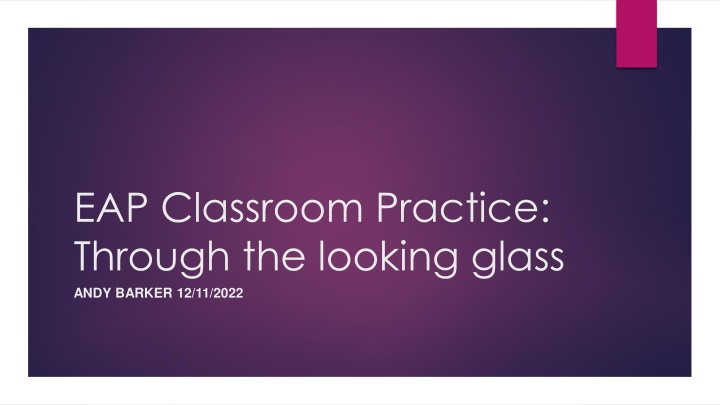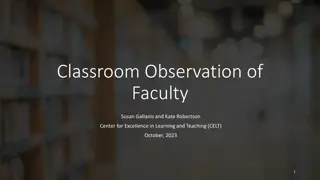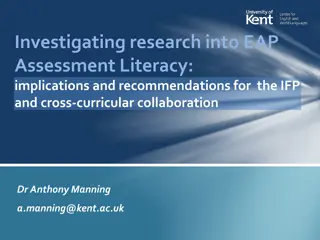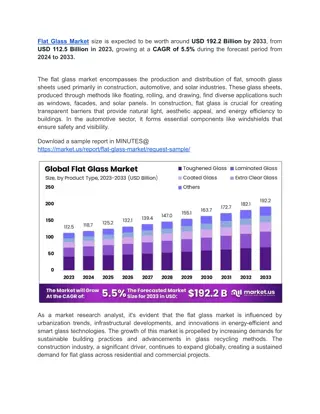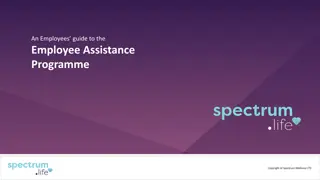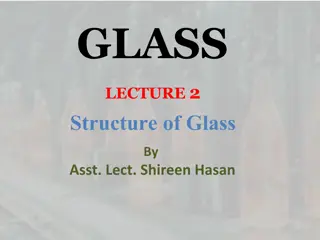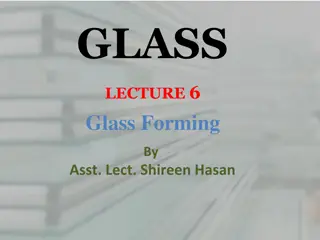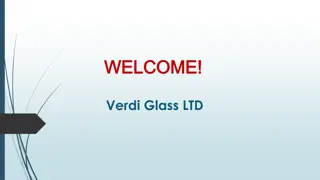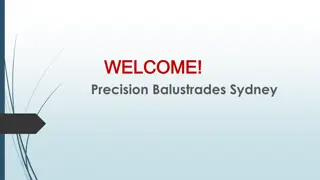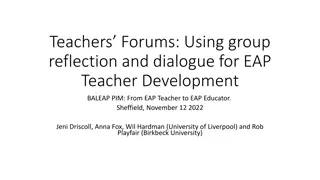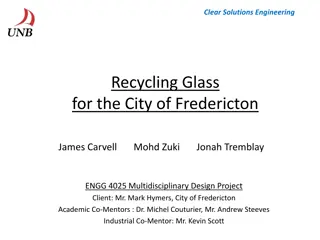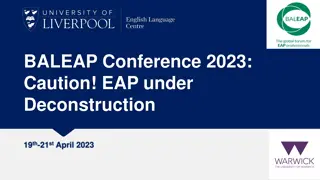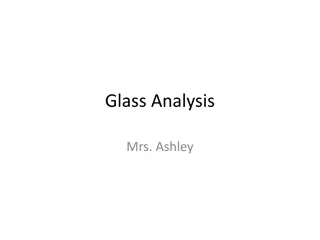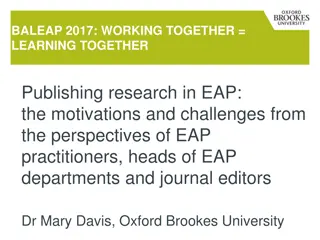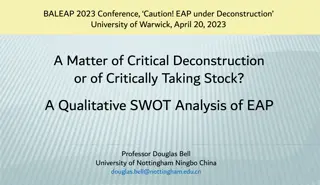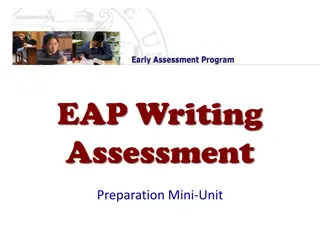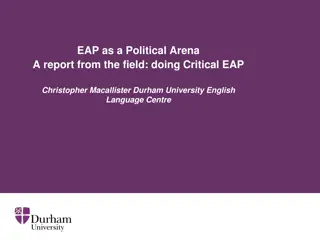EAP Classroom Practice: Through the looking glass
The observation process, feedback, and next steps in professional development for teachers through the lens of classroom practice. Understand the importance of mediating learning, showcasing strengths, and identifying needs. Reflect on the impact of teacher beliefs and teaching approaches on student learning outcomes.
Download Presentation

Please find below an Image/Link to download the presentation.
The content on the website is provided AS IS for your information and personal use only. It may not be sold, licensed, or shared on other websites without obtaining consent from the author.If you encounter any issues during the download, it is possible that the publisher has removed the file from their server.
You are allowed to download the files provided on this website for personal or commercial use, subject to the condition that they are used lawfully. All files are the property of their respective owners.
The content on the website is provided AS IS for your information and personal use only. It may not be sold, licensed, or shared on other websites without obtaining consent from the author.
E N D
Presentation Transcript
EAP Classroom Practice: Through the looking glass ANDY BARKER 12/11/2022
Overview Observation purpose Observation process Observation criteria Observation feedback Next steps practical implications
Observed Professional development Reaffirm / challenge beliefs Showcase strengths Observation purpose Observer Quality assurance Identify needs Team building we wanted teachers who were neither guides on the side (facilitators) nor sages on the stage (lecturers) but rather meddlers in the middle or mediators of the messiness of learning (Kirk & King 2022: 3).
Prepare Present Observation process Reflect
Document 1 if students are focused on the completion of a task, they are just as likely to learn a language as they are if they are focusing on language forms (Harmer 2008: 71).
Document 1 (cont d) learning occurs within the community through the interaction of the learners with peers, instructors, and the learning materials (Asoodar, Marandi, Atai & Vaezi 533: 2014).
Document 2 teachers who are exposed to a particular teaching approach are likely to develop a belief in the importance of such an approach and bring it to their own classrooms (Yuan et al 2022: 235)
Observation criteria Curriculum Planning Pedagogy Our approach the product is always what they re going to be judged on, but the way to get there is a process and that s what they need to pay attention to (Wette 67: 2013)
UNDERSTANDING YOUR LEARNERS Did the teacher establish a positive learning environment? (e.g., inclusive behaviour) Did the teacher adjust their own language to meet the needs of the students? Successful Needs Development n/a Did the teacher mediate / intervene appropriately while monitoring individual learners at work? LESSON PLANNING Were the materials appropriate? Were activities included to encourage active (student-centred) learning? Had the teacher set pre-session tasks? Were instructions clear and accessible? Was there a smooth transition from one part of the lesson to the next? Had the teacher anticipated specific, realistic problems and solutions for the lesson? Were tech tools or other appropriate learning aids included in the lesson plan: e.g., Padlet, Polls/Quizzes, word clouds? Successful Needs Development n/a Criteria prompts ONLINE CLASSROOM MANAGEMENT Did the teacher set tasks appropriately? (e.g., clear instructions, time on task) Successful Needs Development n/a Was student participation and behaviour managed appropriately? Were students encouraged to make appropriate use of the camera and mic? Were difficult /unforeseen situations handled well? Was feedback given promptly and appropriately? Could the students easily access the lesson materials? (e.g., screen-sharing) SUBJECT KNOWLEDGE Were learners errors dealt with appropriately? Were language and skills addressed appropriately? Did the tutor model academic language use (appropriate to university-level study) while taking into consideration language level of students? Successful Needs Development n/a A developed repertoire of teaching techniques and the rationale for their appropriate use (BALEAP Competency Framework 2008: 8)
Observation feedback Purpose 3 components Review beliefs play a decisive role in setting classroom objectives, selecting teaching materials, choosing instructional strategies, etc. (Han, Zhao, Liu & Zhang 2021: 617)
Document 3 [EAP] stresses the teaching of critical thinking with clear preferences for approaches such as task-based learning, project-based learning, etc. (Han, Zhao, Liu & Zhang 2021: 610)
Next steps Resistance Our learning far from assisting our learners, by simplifying and shortening texts, we risk not only eliminating elements crucial to comprehension but also generally impoverishing learners input (Mishan 2005: 24).
References Asoodar, M., Marandi, S., Atai, M. & Vaezi, S. (2014) Learner reflections in virtual vs. blended EAP classes. Computers in Human Behaviour. 41 (2014) 533-543. London: Elsevier. BALEAP (2008) Competency Framework for Teachers of English for Academic Purposes. Han, J., Zhao, Y., Liu, M. & Zhang, J. (2021) The development of college English teachers pedagogical content knowledge (PCK): from General English to English for Academic Purposes. Asia Pacific Review. 22:609-621. https://doi.org/10.1007/s12564-021-09689-7 Harmer, J. (2008) The Practice of English Language Teaching. England, Essex: Pearson Education Limited. Kirk, S. & King, J. (2022) EAP teacher observation: Developing criteria and identifying the forms of pedagogic practice they afford. Journal of English for Academic Purposes. 59 (2022) 101139. https://doi.org/10.1016/j.jeap.2022.101139
References Mishan, F. (2005) Designing authenticity into language learning materials. Bristol: Intellect, Ltd. Wette, R. (2014) Teacher s practices in EAP writing instruction: Use of models and modelling. System. 42 (2014) 60-69. http://dx.doi.org/10.1016/j-system.2013.11.002 Yuan, R.; Chen, Y & Peng, J. (2022) Understanding university teachers beliefs and practice in using English as a medium of instruction. Teaching in Higher Education, 27: 2, 233-248. DOI: 10.1080/13562517.2020.1715936
